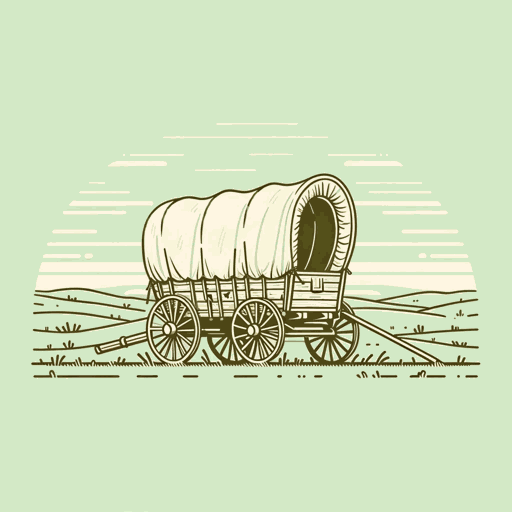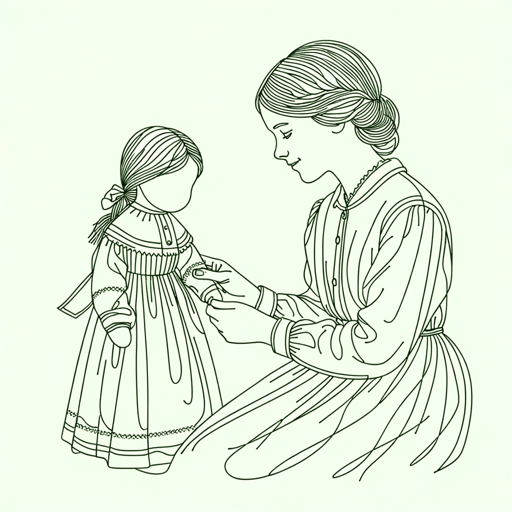76 pages • 2 hours read
Laura Ingalls WilderLittle House on the Prairie
Fiction | Novel | Middle Grade | Published in 1932A modern alternative to SparkNotes and CliffsNotes, SuperSummary offers high-quality Study Guides with detailed chapter summaries and analysis of major themes, characters, and more. For select classroom titles, we also provide Teaching Guides with discussion and quiz questions to prompt student engagement.
Reading Context
Use these questions or activities to help gauge students’ familiarity with and spark their interest in the context of the work, giving them an entry point into the text itself.
Short Answer
What is “Manifest Destiny,” and how might it have influenced the attitudes and actions of people in the 19th century? Can you find examples of how Native Americans resisted or negotiated with the pressures of westward expansion?
Teaching Suggestion: In order to understand why the Ingalls family moved west, it is helpful for students to be familiar with the concept of “Manifest Destiny.” Pa especially feels entitled to the land, which is an attitude that many white settlers shared. You may want to continue the discussion of “Manifest Destiny” as you read the novel in relation to how other characters (white and non-white) deal with the concept. This could include the Ingalls family, the Osage leader, and the other settlers in the area. This discussion question connects to the theme of The Racial Attitudes of White Settlers.
- This article from Khan Academy discusses the history of “Manifest Destiny” and provides context for westward expansion.
- This article from the National Park Service describes Native American resistance to European expansion.
Related Titles
By Laura Ingalls Wilder






